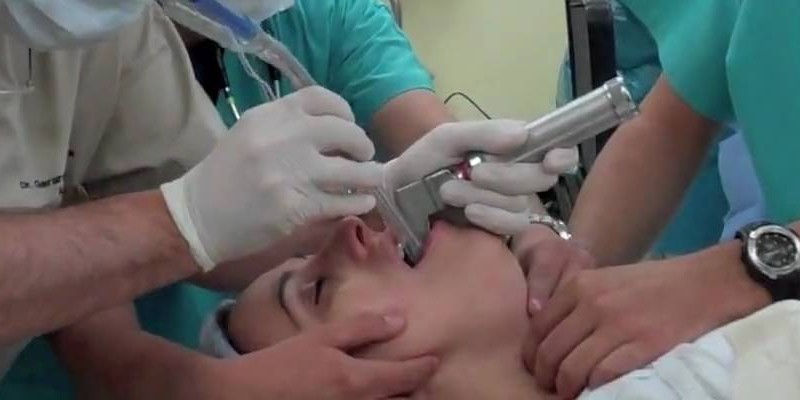
From ScanCrit: Intubation in arrest - again
Another study on airway management in cardiac arrest was just published in JAMA. The study was done in Denmark, where all intubations elective and emergency are done by anaesthestetists. It was a retrospective study, where they matched intubated patients with historical arrest patients not intubated at that same point in resus time. Intubation lowered the pt’s chance of survival to discharge with CPC 1-2. So, another study against intubation in cardiac arrest. Or?
The setting
This is hard, especially for us anaesthetists. We’re in the oxygen delivery business. Our job is to deliver oxygen through A, the Airways, into B Breathing, the lungs, and then into C, the circulation, to get that oxygen all the way out to the target organs and cells.
So, we need a functioning airway and lungs as well as a functioning circualtion. And an intubated, secure airway must be better than an unintubated one. Many studies have discussed how intubation take focus away from compressions and circulation, and therefore gives the patient more CPR downtime. Most intubations I see in Scandinavia are done either during continuous compressions, or with a very brief pause while passing the tube between the chords. I don’t think this is where the big problem is. The standard 30:2 circulation downtime during the breathing cycle for bag/mask ventilation is often longer than the brief pause for intubation.
Plastic allergy?
A tube down the trachea gives us a secured and always open airway, with good protection against aspiration. This tube is not the problem in itself. But it gives us the means to generate extremely high intrathoracic volumes and pressures, and to ventilate as often and as much as we want. This is what causes the problems we see with intubation in cardiac arrest. Not the intubation itself.
Positive pressure hyperventilation


